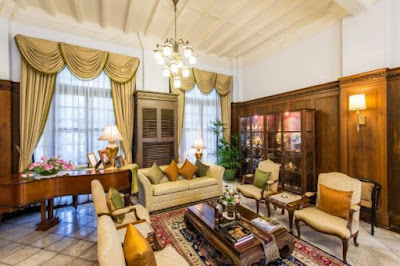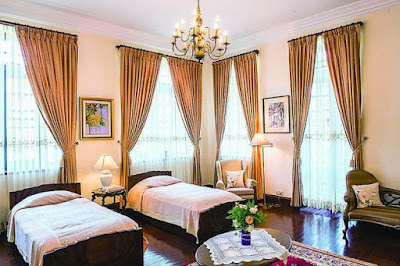Vietnam's capital city is one of 66 cities that were designated by UNESCO in early November as Creative Cities in various categories.
Hanoi got the UNESCO honour in the ‘Design’ category for its developed design industry, opportunities for creating designs from natural materials and conditions and the presence of active design groups.
Following the designation, the city plans to issue a long-term action program and connect its policies to promote cultural industries and enrich cultural resources, municipal authorities said.
It will also help other Vietnamese cities make it into the Creative Cities Network and contribute to the network’s development.
The Creative Cities Network was launched in 2004 to promote cooperation with and between cities that have identified creativity as a strategic factor for sustainable urban development.
Besides Hanoi, 11 other Asian cities entered the list this time: Wonju and Jinju in South Korea, Yangzhou and Nanjing in China, Ambon in Indonesia, Asahikawa in Japan, Bangkok and Sukhothai in Thailand, Cebu in the Philippines, and Hyderabad and Mumbai in India.
Hanoi got the UNESCO honour in the ‘Design’ category for its developed design industry, opportunities for creating designs from natural materials and conditions and the presence of active design groups.
Following the designation, the city plans to issue a long-term action program and connect its policies to promote cultural industries and enrich cultural resources, municipal authorities said.
It will also help other Vietnamese cities make it into the Creative Cities Network and contribute to the network’s development.
The Creative Cities Network was launched in 2004 to promote cooperation with and between cities that have identified creativity as a strategic factor for sustainable urban development.
Besides Hanoi, 11 other Asian cities entered the list this time: Wonju and Jinju in South Korea, Yangzhou and Nanjing in China, Ambon in Indonesia, Asahikawa in Japan, Bangkok and Sukhothai in Thailand, Cebu in the Philippines, and Hyderabad and Mumbai in India.
The network now has a total of 246 cities in seven categories: music, arts and folk crafts, design, cinema, literature, digital arts, and gastronomy.
.
.
By winning the UNESCO recognition, Hanoi will get opportunities to cooperate with other creative cities in the network and can market itself as an attractive destination for visitors.
Last July the city celebrated 20 years of it being granted the "City for Peace" title by UNESCO, recognizing its contributions to the struggle for peace, its efforts to promote equality in the community, protect the environment, promote culture and education, and care for younger generations.
Hanoi has a number of architectural works with a long history like the Thang Long Imperial Citadel, a UNESCO-recognized cultural heritage site; the Hanoi Opera House; the Vietnam Fine Arts Museum; and the Nhat Tan Bridge, according to the city tourism department.
Last July the city celebrated 20 years of it being granted the "City for Peace" title by UNESCO, recognizing its contributions to the struggle for peace, its efforts to promote equality in the community, protect the environment, promote culture and education, and care for younger generations.
Hanoi has a number of architectural works with a long history like the Thang Long Imperial Citadel, a UNESCO-recognized cultural heritage site; the Hanoi Opera House; the Vietnam Fine Arts Museum; and the Nhat Tan Bridge, according to the city tourism department.
.
.
2018 was a successful year for Hanoi’s tourism sector with a record high 5.74 million foreign visitors, up 16 percent against 2017. The capital received 4.7 million foreign tourists in the first nine months of this year, up 10 percent year-on-year.
Source - VN Express







